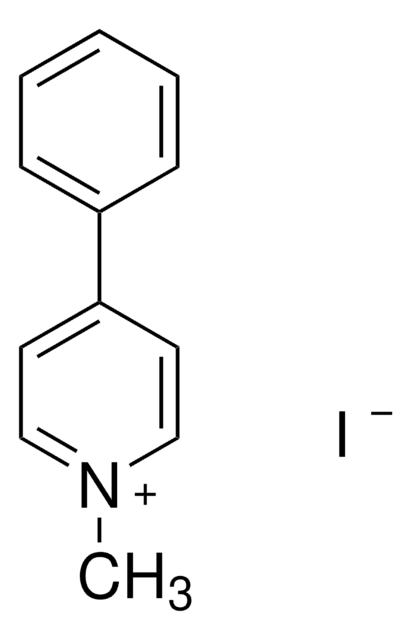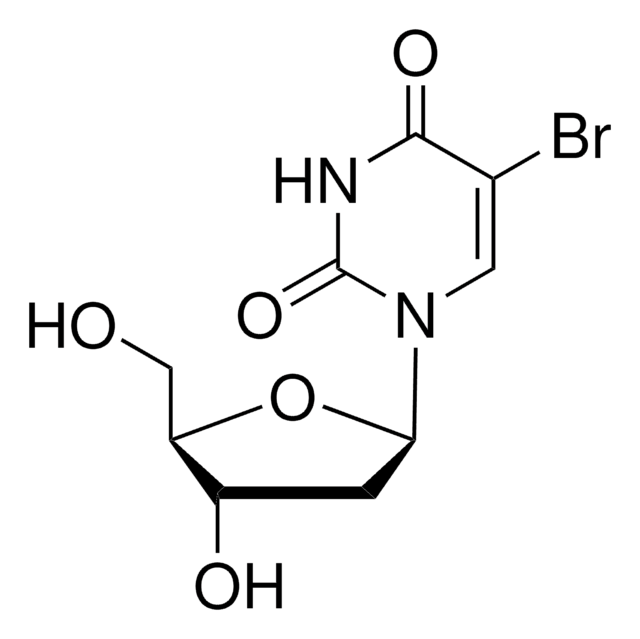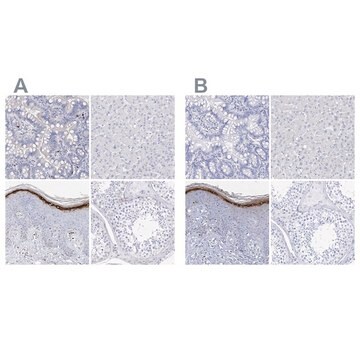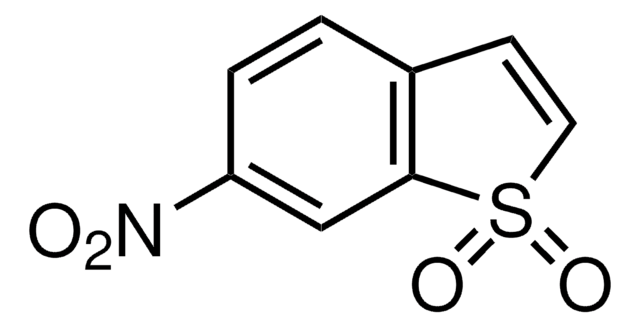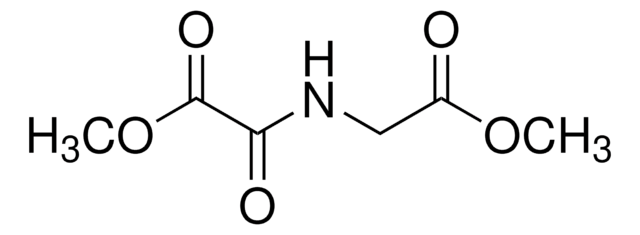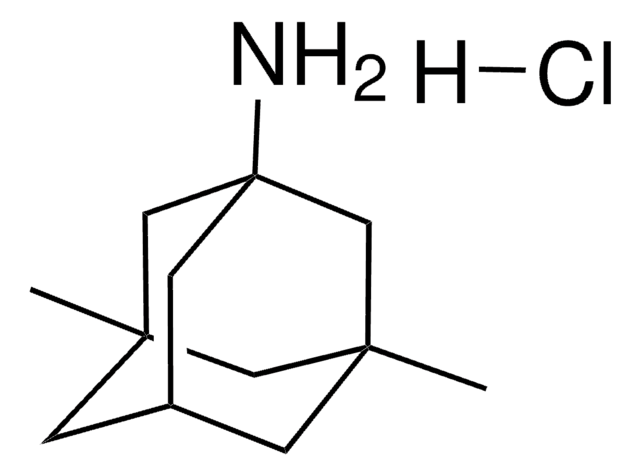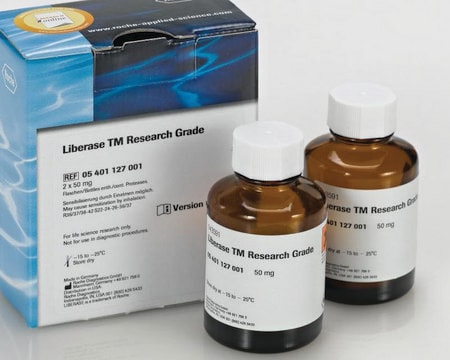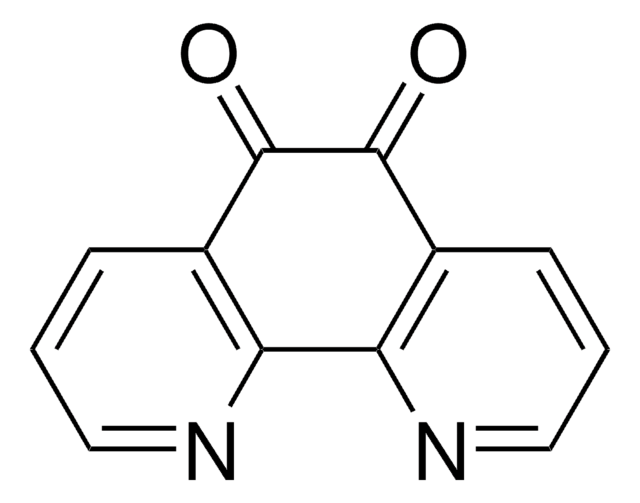D5314
DPQ
≥98% (HPLC), solid
Sinónimos:
3,4-Dihydro-5-[4-(1-piperidinyl)butoxyl]-1(2H)-isoquinolinone
About This Item
Productos recomendados
origen biológico
synthetic (organic)
Nivel de calidad
Ensayo
≥98% (HPLC)
Formulario
solid
mp
107-109 °C
solubilidad
DMSO: 1 mg/mL, clear, colorless to faintly yellow
temp. de almacenamiento
2-8°C
cadena SMILES
N3(CCCCC3)CCCCOc1c2c(ccc1)C(=O)NCC2
InChI
1S/C18H26N2O2/c21-18-16-7-6-8-17(15(16)9-10-19-18)22-14-5-4-13-20-11-2-1-3-12-20/h6-8H,1-5,9-14H2,(H,19,21)
Clave InChI
RVOUDNBEIXGHJY-UHFFFAOYSA-N
Aplicación
Acciones bioquímicas o fisiológicas
Código de clase de almacenamiento
11 - Combustible Solids
Clase de riesgo para el agua (WGK)
WGK 3
Equipo de protección personal
dust mask type N95 (US), Eyeshields, Gloves
Elija entre una de las versiones más recientes:
¿Ya tiene este producto?
Encuentre la documentación para los productos que ha comprado recientemente en la Biblioteca de documentos.
Los clientes también vieron
Nuestro equipo de científicos tiene experiencia en todas las áreas de investigación: Ciencias de la vida, Ciencia de los materiales, Síntesis química, Cromatografía, Analítica y muchas otras.
Póngase en contacto con el Servicio técnico

